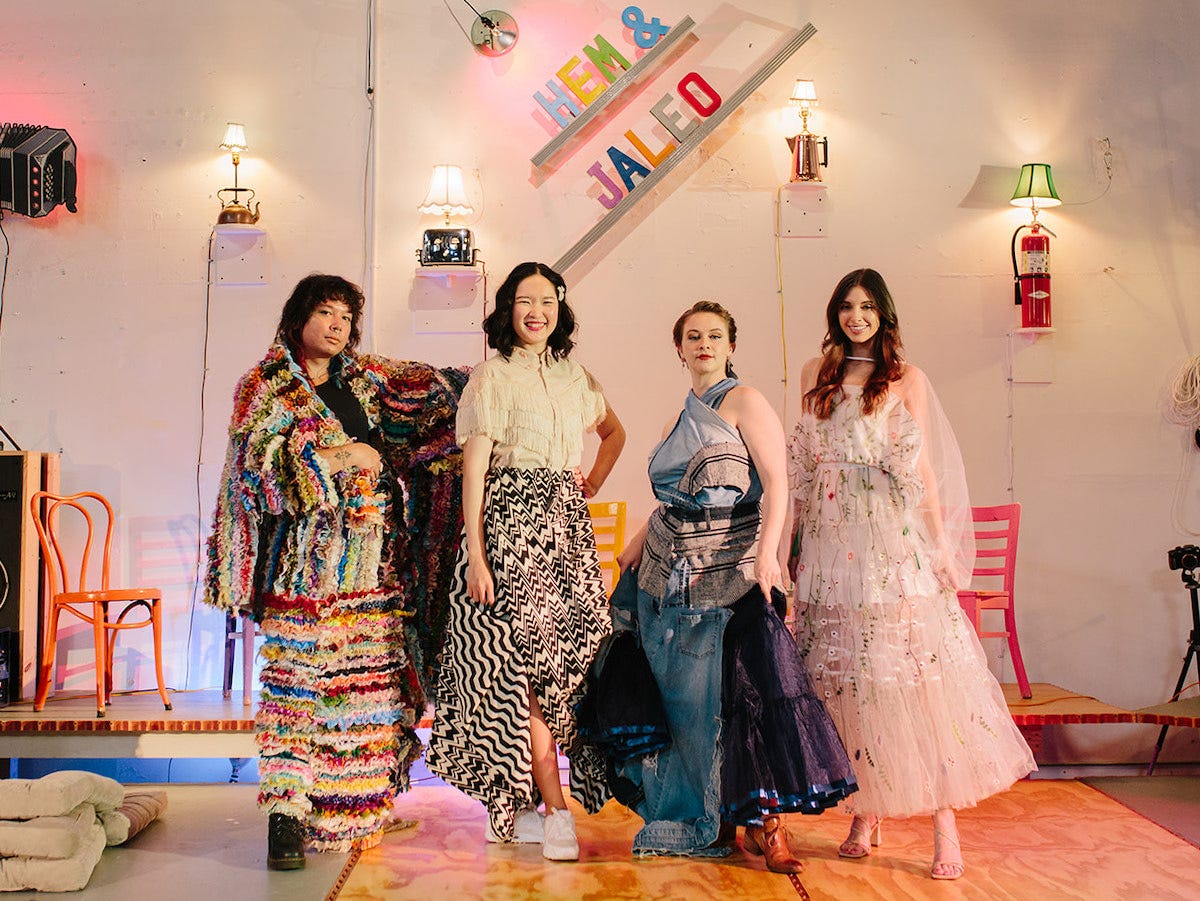
If you have been reading my newsletter for the past few months, you are perfectly aware that Hem & Jaleo, my textile upcycling showcase is happening in 2 weeks. If you are in Oakla…
Keep reading with a 7-day free trial
Subscribe to Fafafoom Studio Newsletter to keep reading this post and get 7 days of free access to the full post archives.




